Plumbing Solutions for Maximising Water Efficiency in Bathrooms
Wednesday 09 October 2024
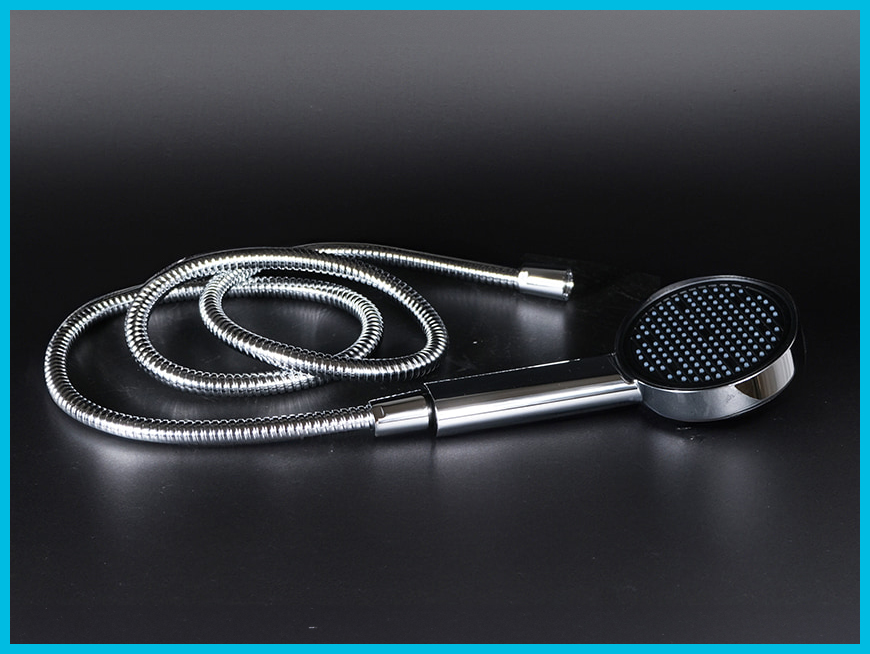
Water efficiency is no longer just a buzzword; it's a necessity. As we face increasing water scarcity, the role of plumbers and tradies becomes more crucial than ever.
This guide will walk you through the importance of water efficiency in bathrooms, the latest water-saving technologies, and practical tips to help you stay ahead in your trade.
Why Water Efficiency is Essential in Modern Bathrooms
Water scarcity is a growing concern, impacting both the environment and our daily lives. In New Zealand alone, water demand has been rising by an average of 1.6% per year, according to the Ministry for the Environment. This statistic underscores the urgent need for water-saving measures in both residential and commercial settings. For plumbers and tradies, understanding these trends can provide a competitive edge.
By adopting water-efficient solutions, you not only help conserve this vital resource but also offer your clients significant cost savings. A well-designed, water-efficient bathroom can reduce water bills and contribute to a sustainable future. Let's explore how you can make this happen.
Understanding WaterSense and Other Certifications
Before we get into the nitty-gritty of water-efficient fixtures and technologies, it's essential to understand the certifications that validate them. WaterSense, an EPA-sponsored program, is one of the most recognised certifications for water efficiency. Products bearing the WaterSense label have been rigorously tested for performance and water-saving capabilities.
Other certifications, such as WELS (Water Efficiency Labelling and Standards) in Australia and New Zealand, also play a crucial role. These labels help consumers make informed choices, and as a tradie, recommending certified products can enhance your credibility.
How to Assess Water Efficiency in Bathrooms
Assessing water efficiency in a bathroom starts with a comprehensive audit. Check all existing fixtures and appliances to identify areas where water wastage is most significant. Leaky taps, inefficient toilets, and outdated showerheads are common culprits.
1. Check for Leaks: Even a small leak can waste thousands of litres of water over time. Use tools like leak detection dye tablets to identify hidden leaks.
2. Evaluate Current Fixtures: Assess the flow rates of existing taps, showerheads, and toilets. Compare them against modern, water-efficient models to determine potential savings.
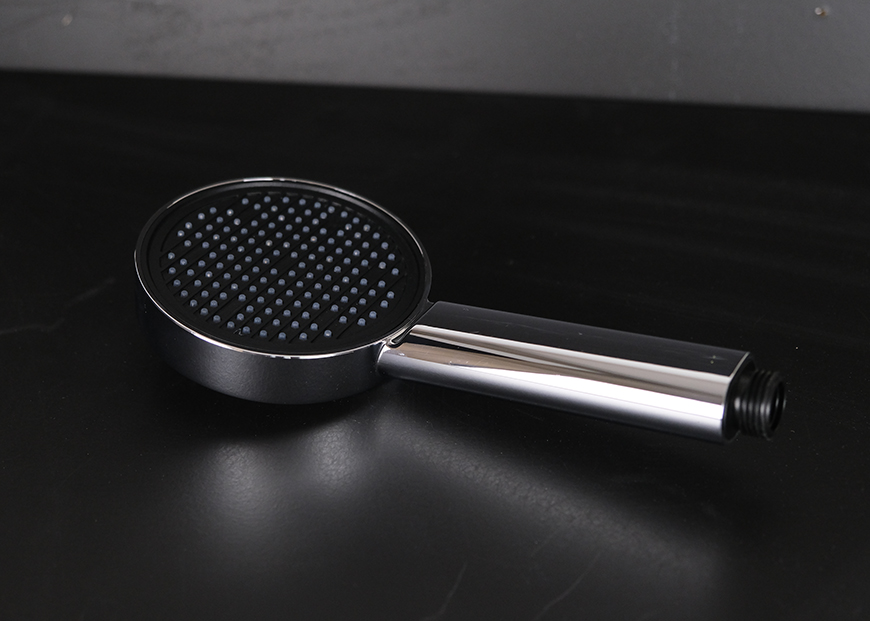
3. Analyse Water Usage Patterns: Understanding how water is used in a bathroom can help tailor water-saving solutions effectively. For instance, households with long showers could benefit from low-flow showerheads.
Latest Water-Saving Plumbing Fixtures and Technologies
The plumbing industry has seen remarkable advancements in water-saving technologies. Keeping up-to-date with these innovations can set you apart from the competition.
Dual-Flush Toilets
Dual-flush toilets are a game-changer in water efficiency. They offer two flush options—one for liquid waste and another for solids. This simple yet effective technology can save thousands of litres of water per year. At Robertson Trade, we offer a wide range of high-efficiency toilets and fittings that fit various budgets and styles.
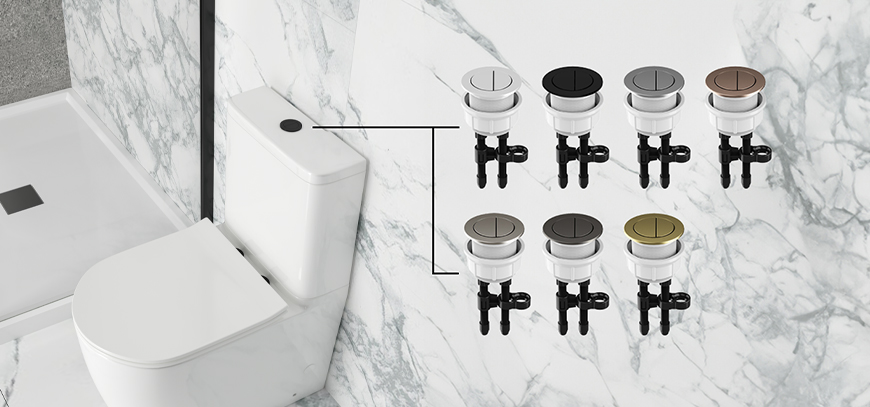
Low-Flow Showerheads and Aerators
Modern low-flow showerheads use advanced aeration technology to maintain water pressure while using less water. Similarly, aerators fitted to taps reduce the flow without compromising on performance. These small changes can lead to significant water savings.
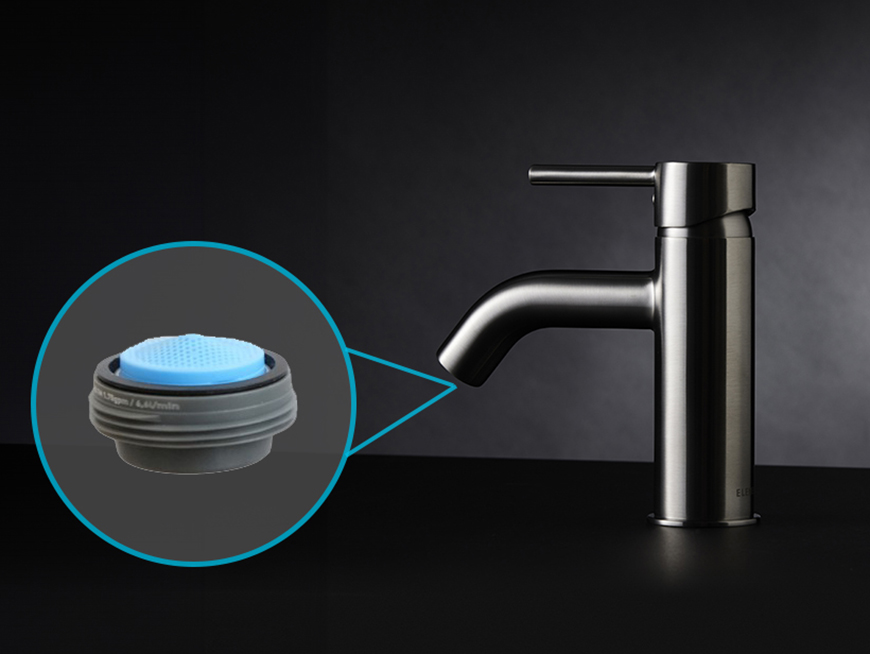
Sensor Taps
Sensor taps equipped with sensors can automatically turn off when not in use, further reducing water wastage. These are particularly useful in commercial settings where water usage can be high.
The Future of Water Efficiency in Bathroom Design
The future of bathroom design is increasingly leaning towards sustainability. Innovations like greywater recycling systems, which reuse water from sinks and showers for flushing toilets, are becoming more mainstream. Sensor home integrations can monitor water usage in real-time, providing actionable insights for homeowners.
For plumbers and tradies, staying ahead means continuously updating your skills and knowledge. Attend industry seminars, subscribe to trade journals, and participate in workshops to keep abreast of the latest trends and technologies.
Practical Tips for Implementing Water Efficiency
1. Educate Your Clients: Inform your clients about the benefits of water-efficient fixtures. Provide them with tangible examples and potential cost savings.
2. Choose Quality Over Quantity: Invest in high-quality, certified products that offer long-term durability and performance.
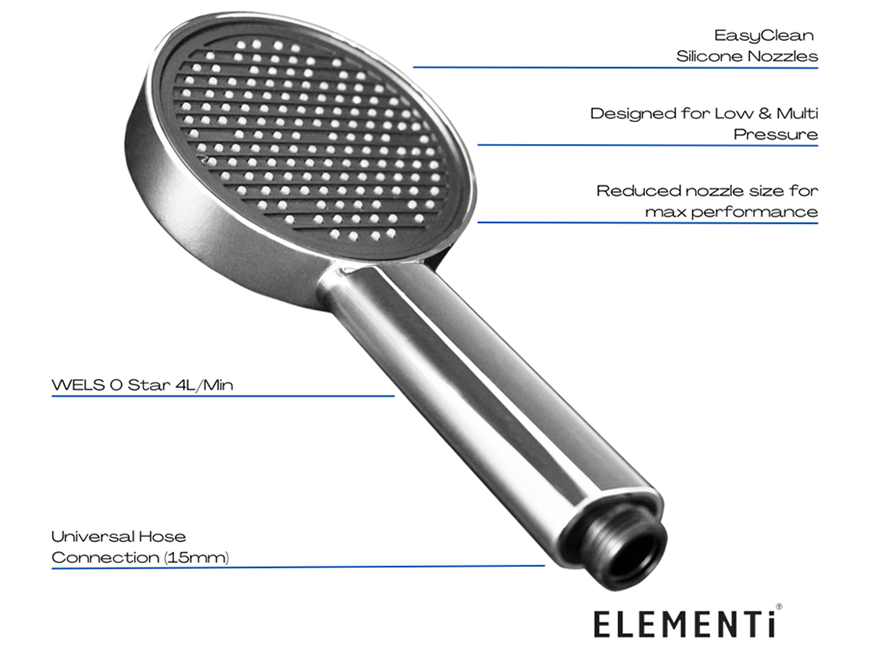
3. Offer Comprehensive Solutions: Go beyond just installing fixtures. Provide a complete water efficiency audit and suggest holistic solutions that include behavioural changes and maintenance tips.
Conclusion
Maximising water efficiency in bathrooms is not just a trend; it's a critical responsibility for plumbers and tradies. By incorporating the latest water-saving technologies and educating your clients, you can make a significant impact on water conservation while also boosting your business reputation.
Check out our range of water-efficient parts at Robertson Trade.
FAQs
What is the most water-efficient toilet?
Dual-flush toilets are among the most water-efficient options available. They offer separate flushes for liquid and solid waste, significantly reducing water usage.
How can I detect leaks in a bathroom?
Use leak detection dye tablets or a water meter to identify hidden leaks. Regularly check all fixtures for any signs of water wastage.
Are sensor taps worth the investment?
Yes, sensor taps can significantly reduce water wastage by automatically turning off when not in use. They are particularly beneficial in high-traffic areas.
What certifications should I look for in water-efficient products?
Look for WaterSense and WELS certifications. These labels ensure that the products have been tested for both performance and water-saving capabilities.
How often should I conduct a water efficiency audit?
Conduct a water efficiency audit at least once a year. Regular audits help identify new opportunities for water savings and ensure that existing measures are functioning correctly.
By implementing these strategies and leveraging the latest technologies, you can lead the charge in water efficiency, making a positive impact on both the environment and your clients' bottom lines.